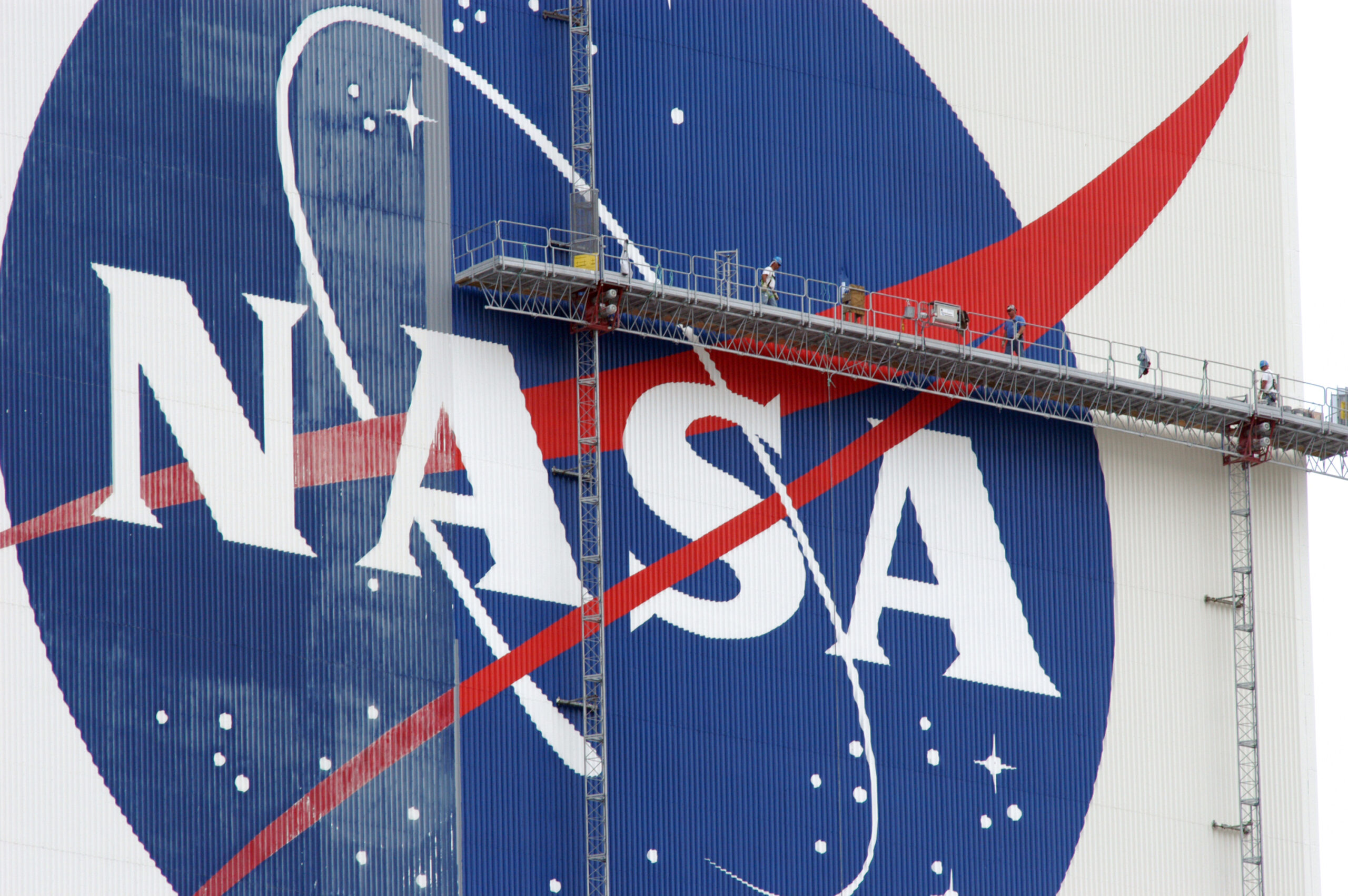 |
| Join Us for Live Coverage of Orion’s Return to Earth The Orion spacecraft is on its return trek toward Earth, completing a burn Dec. 1 to harness the Moon’s gravity and accelerate toward home after flying thousands of miles beyond the Moon, while engineers continue to test systems to improve understanding of how the spacecraft will operate on future crewed missions. Live coverage of the spacecraft’s entry, descent, and splashdown off the coast of San Diego will begin at 11 a.m. EST Sunday, Dec. 11, on NASA TV. Splashdown is expected at 12:39 p.m., after which the exploration ground systems recovery team from NASA’s Kennedy Space Center in Florida, working with the U.S. Navy, will recover the spacecraft. Following a successful launch on NASA’s Space Launch System rocket, Artemis I is testing the Orion spacecraft on a rigorous mission in the extreme environment of deep space around the Moon before flying astronauts on Artemis II in 2024. Artemis includes a series of increasingly complex missions that will enable human exploration at the Moon where the agency will prepare for future missions with crew to Mars. |
 Mission Named in Honor of Dr. George R. Carruthers, Visionary Behind First Moon-Based Telescope – The Carruthers Geocorona Observatory will observe Earth from space, capturing light from Earth’s geocorona, the part of the outer atmosphere.Explore Carruthers’ Contributions Mission Named in Honor of Dr. George R. Carruthers, Visionary Behind First Moon-Based Telescope – The Carruthers Geocorona Observatory will observe Earth from space, capturing light from Earth’s geocorona, the part of the outer atmosphere.Explore Carruthers’ Contributions | In His Own Words – American literary critic and scholar Henry Louis Gates, Jr. reflects on the Artemis I mission around the Moon.Read and Listen to His Words |
 Hubble’s Starry Sight – Seen in this Hubble Space Telescope image, this cluster in the Large Magellanic Cloud is surrounded by a crimson nebula of gas and dust extending across the image, where new stars may someday form.Be Dazzled by the View Hubble’s Starry Sight – Seen in this Hubble Space Telescope image, this cluster in the Large Magellanic Cloud is surrounded by a crimson nebula of gas and dust extending across the image, where new stars may someday form.Be Dazzled by the View |  Essential (Nutrients) for Exploration – A biology experiment called BioNutrients-2 is continuing research into how microorganisms could be used to produce nutrients – off Earth and on demand – that will be critical for human health in space.Learn About BioNutrients Essential (Nutrients) for Exploration – A biology experiment called BioNutrients-2 is continuing research into how microorganisms could be used to produce nutrients – off Earth and on demand – that will be critical for human health in space.Learn About BioNutrients |
 |  |
| Answering Pressing Cosmic Questions – Ball Aerospace engineers have installed the Nancy Grace Roman Space Telescope element wheel assembly. The assembly contains eight science filters, two dispersive elements, and a “blank” element that will help scientists solve some of the most profound mysteries in astrophysics.See How Roman Will Create Images | How Did Our Perseverance Rover Get the Dirt on Mars? – Using a drill on the end of the rover’s robotic arm, Perseverance snagged two new samples from the Martian surface on Dec. 2 and 6. The mission’s first two samples of regolith could help scientists better understand the Red Planet and engineers prepare for future missions there.Dig Into the Details |
| Image Spotlight |
 |
| This classic photograph of the Earth, commonly called the Blue Marble, was taken on Dec. 7, 1972, by the crew of the final Apollo mission, Apollo 17, as they traveled toward the Moon on their lunar landing mission. Credit: NASA |

Leave a Reply